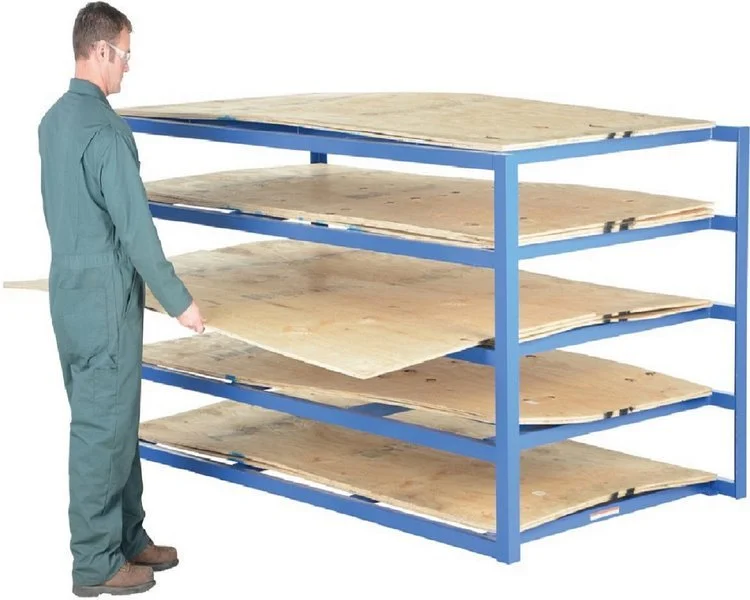Introduction
Warehouses are bustling hubs of activity, where goods are stored, organized, and distributed. However, with the constant movement of people, heavy equipment, and inventory, warehouses also pose a significant risk for workplace injuries. Among these risks, falls from heights are a common occurrence, often due to improper ladder usage. In this blog, we'll delve into the crucial role of appropriate ladders in minimizing warehouse injuries and creating a safer working environment for all.
Understanding the Importance of Proper Ladder Usage
Warehouses often require employees to work at elevated levels, such as shelving units, racks, and platforms. In such scenarios, ladders become indispensable tools. However, using the wrong type of ladder or failing to adhere to safety guidelines can lead to serious accidents. Therefore, understanding the importance of proper ladder usage is the first step towards creating a safer workspace.
Types of Ladders for Warehouse Use
Step Ladders: These are versatile and self-supporting ladders that are ideal for tasks requiring a stable platform. Step ladders come in various sizes, allowing workers to reach different heights safely.
Rolling Ladders: Equipped with casters, these ladders provide mobility, making them suitable for warehouses with frequent layout changes. They often feature safety locks to prevent movement during use.
Extension Ladders: When warehouse tasks require access to elevated areas with limited floor space, extension ladders are the go-to choice. These ladders can be adjusted to different heights and are often used in narrow aisles.
Platform Ladders: Designed for increased stability, platform ladders offer a wide standing area and a handrail, making them ideal for tasks requiring both hands to be free.
Cantilever Ladders: Perfect for accessing storage racks, cantilever ladders have an extended top section that allows users to reach over obstacles like shelving.
Safety Guidelines for Ladder Usage
Proper Placement: Before ascending a ladder, ensure that it's placed on a stable, level surface. If the ground is uneven, use a ladder leveler to ensure stability.
Weight Capacity: Every ladder comes with a weight capacity rating. Always choose a ladder that can safely support your weight along with the tools you'll be using.
Three-Point Contact: Maintain three-point contact at all times while on the ladder. This means having either two feet and one hand or two hands and one foot on the ladder.
No Overreaching: Position the ladder so that you don't have to overreach while working. Overreaching can cause the ladder to become unstable, leading to accidents.
Regular Inspection: Inspect ladders before each use for any signs of damage, such as bent or broken rungs, loose bolts, or frayed ropes.
Appropriate Attire: Wear proper footwear and avoid loose clothing that could get caught on the ladder.
Benefits of Using Appropriate Ladders
Enhanced Safety: The primary benefit of using appropriate ladders is the reduction of workplace accidents. Proper ladder selection minimizes the risk of falls and injuries.
Increased Productivity: When employees feel secure using the right ladder for the task at hand, they can work more efficiently, without the distraction of safety concerns.
Reduced Downtime: Workplace injuries not only harm the individuals involved but also lead to downtime and increased insurance costs. Choosing the right ladder can help mitigate these negative effects.
Boosted Morale: Employees who feel that their safety is prioritized are more likely to have higher job satisfaction and morale, leading to a positive work environment.
Conclusion
In conclusion, warehouses are dynamic environments that demand careful attention to safety. Appropriate ladder usage plays a pivotal role in reducing the occurrence of workplace injuries caused by falls. By understanding the types of ladders available, adhering to safety guidelines, and promoting a culture of safety, warehouse managers and employees can collectively create a safer, more productive, and harmonious workspace. Remember, when it comes to using ladders, safety should always be the top priority.































